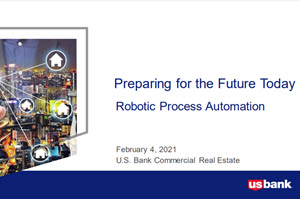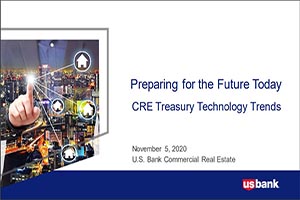Accounts receivable (A/R) has come a long way from the days of adding machines and ledgers. Digital accounting tools and business platforms transformed the way businesses manage receivables, increasing the ability to apply payments and report data. Conversely, the explosion of payment options in recent years adds multiple levels of complexity for A/R teams to manage. Receiving multiple incoming payment types can create operations hassles, visibility challenges and nightmares for exception management.
Fortunately, the latest treasury management tools enable organizations to automate the receivables function to a much greater extent, post payments easier and faster, and provide a consolidated view of all incoming payments, regardless of payment type. In fact, a truly integrated receivables solution not only keeps up with the speed of modern business, but creates efficiencies in A/R that were unheard of just a few years ago.
Here are six reasons to consider an integrated receivables solution for your business:
1. Improve your cash flow
In a world that moves as fast a mouse click, waiting for a check to arrive is both frustrating and inefficient. That’s why it’s important that banks can now make it easy for you to accept the full range of electronic payment types —from Automated Clearing House (ACH) transactions to up-and-coming, faster alternatives like Same Day ACH, RTP® and Zelle® payments.
And because the latest A/R banking solutions enable a company to match remittance data with related electronic payments, both the payments and data can be posted simultaneously. As a result, not only do you receive payments sooner, but you can apply them with equal speed.
Research shows that automated A/R solutions, by allowing a company to receive payments sooner and apply them faster, can significantly improve cash flow. Businesses that rely on manual A/R processes have 30% longer average days sales outstanding (DSO) than those that rely on a medium or high level of automation, according to recent PYMNTS and American Express research.1
2. Reduce and manage exception
Often, the remittance data accompanying electronic payments is inconsistent or incomplete, and electronic payments arrive separately from their related remittance information. This makes it challenging to reconcile payments. The resulting manual reconciliation work is time-consuming and costly, diminishes staff productivity, and reduces visibility around incoming payments, which hurts customer relations.
However, by automating with today’s tools, you can reduce the volume of payments requiring extra review and attention prior to posting. Emailed remittance data can be captured, automatically matched to received payments and transmitted to your business.
3. Give customers more payment options
Many of your customers transitioned to digital payment types after the onset of the pandemic to avoid handling paper and better accommodate remote work, and they’ve become accustomed to those methods. They don’t want to revert to paper checks.
Because state-of-the-art receivables banking platforms solve the reconciliation challenges companies traditionally have had in accepting electronic payments, businesses using these solutions can offer their customers a full array of electronic payment options.




























































